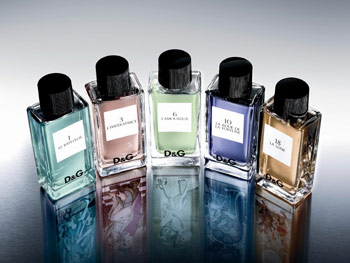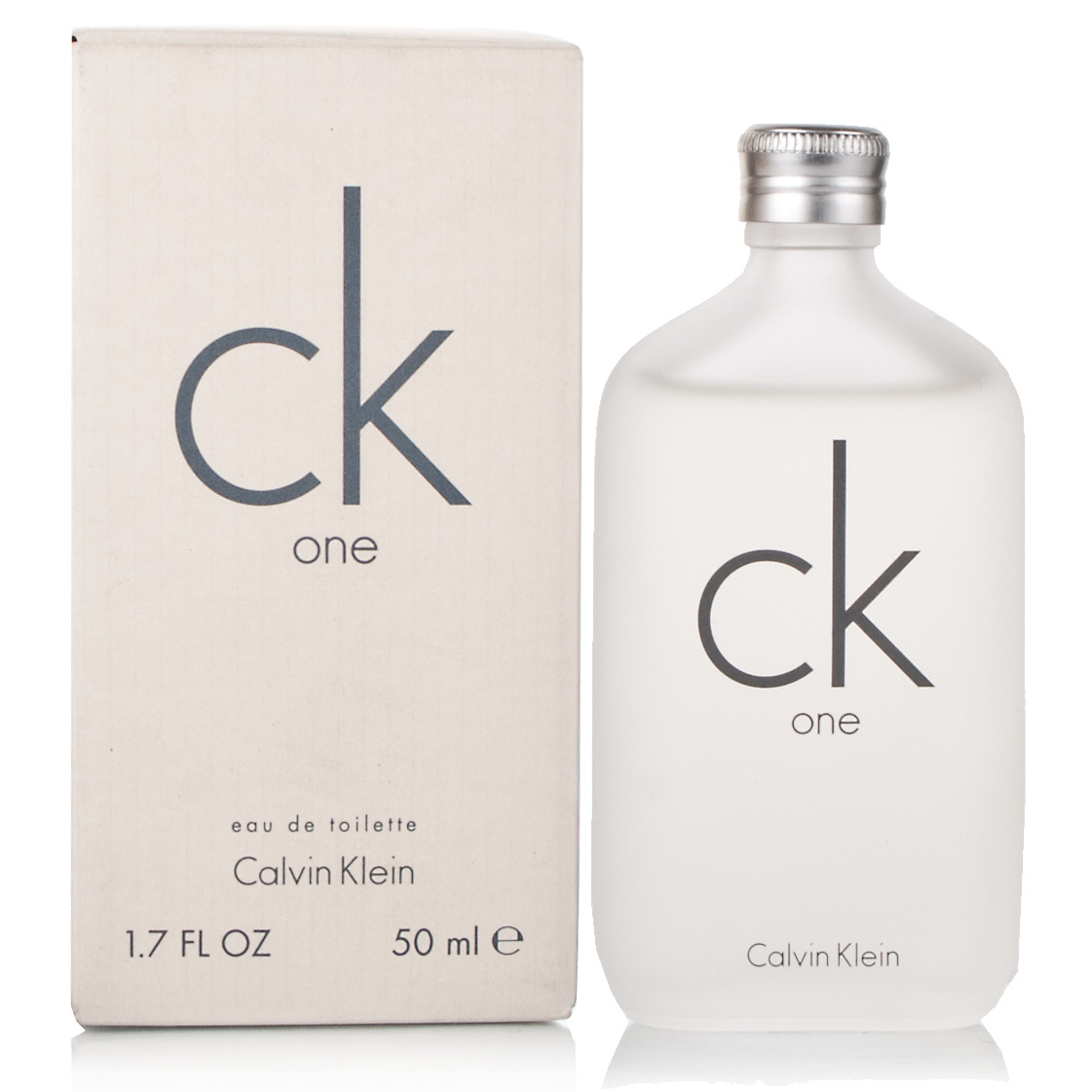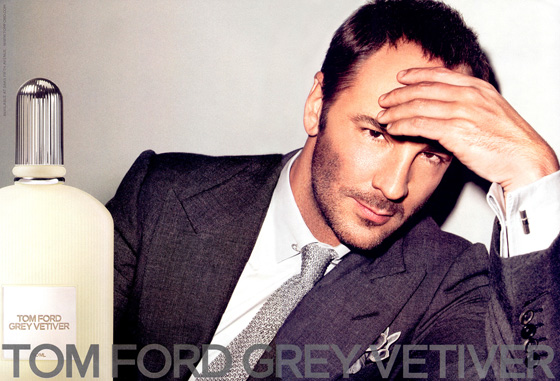Uncommon scents: The rise of unisex fragrances
Commes des Garçons pioneered fragrances that work for men and women – and won a cult following. Now some of the most exciting perfumes are made to share. Carola Long on the rise of unisex appeal
When it comes to mainstream fragrances, the clichés about how men and women want to smell are deeply entrenched. Big brands looking for a scent with mass appeal just need to follow a formula.
For women, concoct a shampoo-like mix of delicate florals, rosiness, Lily of the Valley, fruits, musks and touches of creaminess; and for men, think fresh, aromatic, slightly fruity, apple-y notes with touches of musk and creamy wood. Throw in an ad with a heaving cleavage or ripped chest and voila! you have a gender stereotype in a bottle.
Away from the separate men's and women's cabinets in department stores, however, a subtler approach to perfume prevails; one where personality is more important than preconceived ideas about the differences between male and female. The latest addition to the world of 'no gender' fragrances is Wonderwood from Commes des Garçons – which was originally just a women's label (the clue's in the name.) The brand has helped to pioneer the concept ever since it launched its first fragrance, named after the label, in 1994. Like many other fragrances which aren't specifically marketed as male or female, and like their previous creations such as Odeur 53 and 888, it's not conventionally easy and appealing.
The nose behind it, Antoine Lie, explains: "Comme des Garçons are not afraid to create fragrances that might not please everybody; they are just here to please a few. However, those people are going to love it, and love it for a long time. It's about conviction." The "challenge" as Lie describes it, with Wonderwood, was being asked by the creative director of Comme fragrances, Christian Astuguevieille, to create a fragrance around just woods such as Oud and Cedarwood, woody notes, such as Patchouli and Vetiver and synthetic wood constructions. Billed rather sweetly as "wood gone mad", Astuguevieille says the idea behind Wonderwood is that, " you like wood so much you become a sort of wood addict. A bit like when you love something and it leads to a kind of passion." This state of tree-hugging rapture is reflected in a dreamlike, short stop-motion film made to mark the launch by the Brothers Quay.
"Nobody really did a completely straight woody fragrance before," says Lie. "I had to re-smell all the woody notes at my disposal. By combining them I was trying to get some freshness, as they are generally more dry or harsh. I wanted more impact and lift."
Woody notes are also normally associated with more 'masculine' fragrances, and Lie believes it's always easier to create a unisex perfume that is more conventionally masculine than feminine, because women are more open to trying men's fragrances than the other way round.
Coco Chanel was one of the first women to dismiss the idea that a woman should smell a certain way, so she loved the less predictable aldehydes that Ernest Beaux used in Chanel No 5. History has proved her right. There have long been men's fragrances with a cult following among women; according to perfumer Roja Dove, who runs the The Roja Dove Haute Parfumerie in Harrods, Dior's Eau Sauvage owes much of its success to the women who bought it when it launched in 1966, while Creed's Green Irish Tweed is another favourite among women who are scared of smelling too 'floral' in case they evoke their grandmothers. Elle MacPherson has worn the men's Vetiver by Guerlain for years, and Tom Ford's Grey Vetiver is popular with women. Men can be just as experimental too though, Gianni Versace used to wear Fracas, John Galliano also wears it, and the sweetly scented designer Peter Jensen says, "I normally put Chanel No 22 on my skin and jumper, and Chanel No 5 in my hair. Then after I've had a shave I put on Marc Jacobs' Gardenia."
Now, according to Michael Donovan, who runs the Roullier White boutique in Dulwich, men are becoming much more open-minded and knowledgable about perfume: "We're getting much more sophisticated and the trend is absolutely towards unisex fragrances," he says of the discerning customers he attracts. "People don't ask like they used to. I've really noticed it in the last couple of years." Many of the cool, cult brands that he stocks, such as Byredo and Frederic Malle, are gender-neutral, and there's been a revival of classic colognes that can be worn by anyone. While there has yet to be a unisex perfume to rival the impact made by CK One in 1994, bigger brands and their customers are catching on. At the luxurious end of the market, Tom Ford's Private Blend and the Chanel Les Exclusifs collections aren't explicitly targeted at either gender, although most of the Les Exclusifs are conventionally feminine, while last year D&G released a collection of unisex perfumes called the Fragrance Anthology.
According to Roja Dove, the idea of scent for one gender only came along at the end of the 19th century with the birth of the modern perfume industry, before which men and women wore whatever they liked.
This reinforces the idea that our perceptions of 'masculine' or 'feminine' smells are cultural rather than innate. Roja Dove, who never classifies his perfumes according to gender, says, "The idea that roses are feminine and woods masculine is nonsense. It supports Victorian values that women are delicate flowers... and that men are some sort of strutting beasts from the woodland who should be viewed with apprehension as if they only have one thing on their mind. A rose on a man is a masculine rose; a rose on a woman a feminine one."
Antoine Lie believes that our olfactory perceptions are cultural. "I assume when you are a child and you smell your mother she might be wearing more floral fragrances," he says, "whereas your father could wear clean, spicy, woody fragrances; so this is how you learn to evaluate it in your subconscious."
Nothing stirs the subconscious more than perfume, and it conveys something more mysterious and captivating about the wearer than clothes or make-up. So it's no wonder that fragrances which challenge, rather than reinforce, clichés about our identity are growing in popularity.
"Sometimes there is a very beautiful perfume that a man won't dare to buy because it's in the women's section of the chemists," says Christian Astuguevieille at Comme, "but that's not how we work. We've tried to create something where there is just real imagination."
http://www.independent.co.uk/life-style/fashion/features/uncommon-scents-the-rise-of-unisex-fragrances-2005988.html
These are the perfumes mentioned: they all contain a very minimal design with a limited colour scheme which are very neutral an use sans serif typefaces. They look clean and simple but elegant so express luxury.
WebRep
currentVote
noRating
noWeight













No comments:
Post a Comment